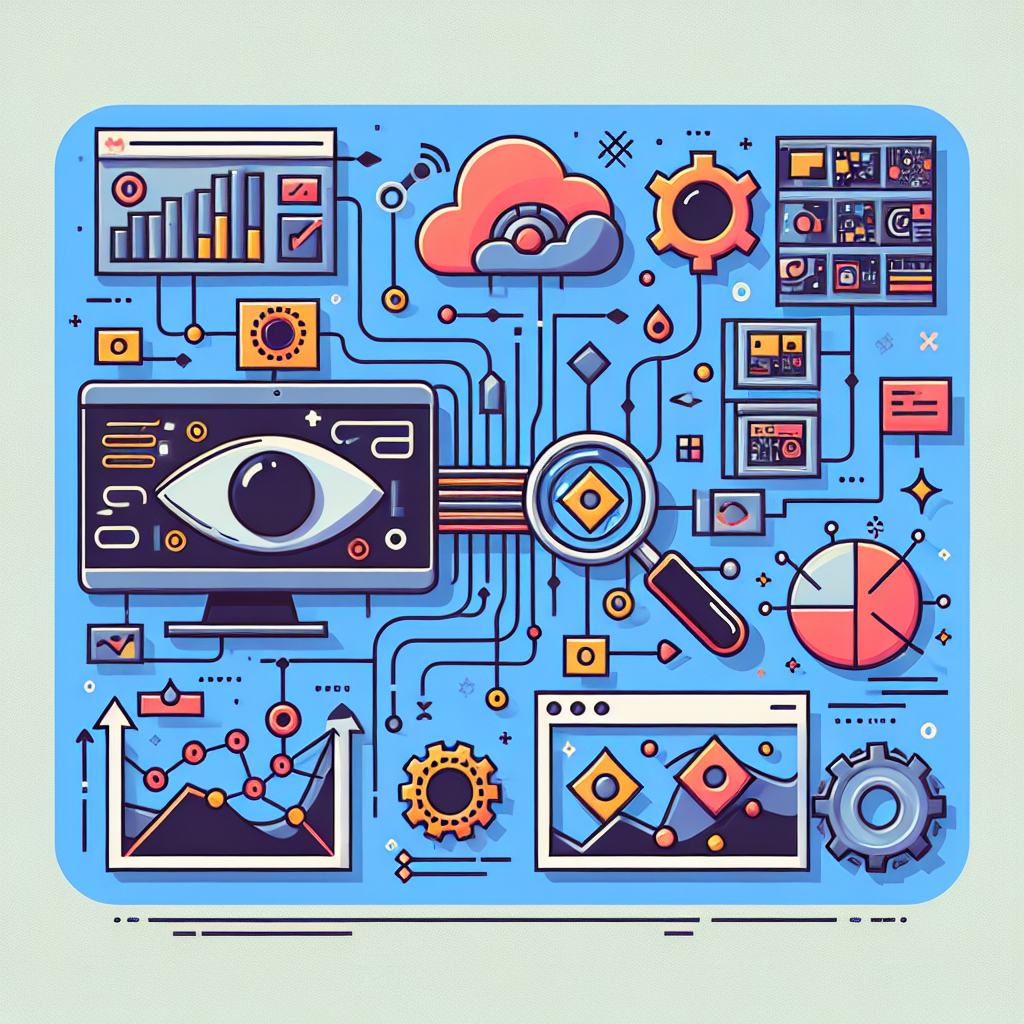Machine Learning and Computer Vision: A Comprehensive Guide to Image and Video Analysis
Welcome to the exciting world of Machine Learning and Computer Vision, where images and videos are brought to life through advanced analysis and interpretation. In this comprehensive guide, we will delve into the powerful field of image and video analysis and explore how it is revolutionizing various industries. Machine Learning, a subset of AI, enables computers to learn and improve from experience without explicit programming.
Foundations of Machine Learning and Computer Vision
Machine Learning and Computer Vision work hand in hand to extract meaningful insights from images and videos. Key concepts such as feature extraction, object recognition, image segmentation, and video tracking are essential to understanding how these technologies operate. These transformative tools have a significant impact on industries like healthcare, retail, automotive, and entertainment, reshaping the way we perceive and interact with visual data.
The Importance of Image and Video Analysis
Image and video analysis play a crucial role in today’s world, significantly impacting various sectors. With the rise of visual content, the ability to analyze and interpret images and videos has become essential. Organizations can derive valuable insights, improve decision-making processes, and enhance user experiences through effective image and video analysis solutions. Automation of tasks, such as security surveillance and customer behavior analysis in retail, has become more efficient and accurate with the help of these technologies.
Machine Learning Algorithms for Image and Video Analysis
Machine learning algorithms are the backbone of modern image and video analysis. Convolutional Neural Networks (CNNs) are commonly used for image recognition tasks, while Recurrent Neural Networks (RNNs) excel in analyzing video sequences. By combining these algorithms, researchers can develop complex models that excel in both image and video analysis.
Computer Vision Techniques and Algorithms
Computer vision encompasses a range of techniques and algorithms designed to enable machines to interpret and understand visual information. Image processing, feature extraction, and object detection are crucial components of computer vision that enhance the capabilities of image and video analysis.
Applications of Machine Learning and Computer Vision in Image Analysis
Machine learning and computer vision have diverse applications in image analysis across industries like healthcare, retail, and agriculture. These technologies assist in diagnostic imaging, customer behavior analysis, and crop monitoring, leading to improved outcomes and efficiency in various sectors.
Applications of Machine Learning and Computer Vision in Video Analysis
Video analysis is another area where machine learning and computer vision technologies are making significant advancements. From surveillance and security to entertainment and sports analytics, these technologies are transforming the way we interact with and analyze videos.
Challenges in Image and Video Analysis
Despite the progress in image and video analysis, challenges such as variability in visual data, data quality, and ethical implications remain. Researchers and practitioners must address these challenges to ensure the effectiveness and ethical use of image and video analysis technologies.
Tools and Frameworks for Machine Learning and Computer Vision
Various tools and frameworks, such as TensorFlow, PyTorch, and cloud-based platforms, facilitate the development of machine learning and computer vision applications. By leveraging these tools, developers can focus on building innovative applications that enhance user experiences and drive business growth.
Best Practices for Image and Video Analysis
Adhering to best practices, such as diverse dataset selection, algorithm selection, and continuous model evaluation, is crucial for successful image and video analysis outcomes. By following these practices, organizations can maximize the impact of machine learning and computer vision technologies in their operations.
Conclusion: Future Developments in Machine Learning
Looking ahead, the future of machine learning and computer vision in image and video analysis is promising. Ongoing advancements in algorithms and computing power will lead to more sophisticated models capable of tackling complex tasks. The integration of machine learning and computer vision with emerging technologies like AR and VR will open up new opportunities for innovation across various industries.
In conclusion, the potential of machine learning and computer vision in image and video analysis is vast, with endless possibilities for creativity and innovation. By staying informed and embracing these technologies, businesses and consumers can unlock new opportunities and drive growth in a rapidly evolving digital landscape.

